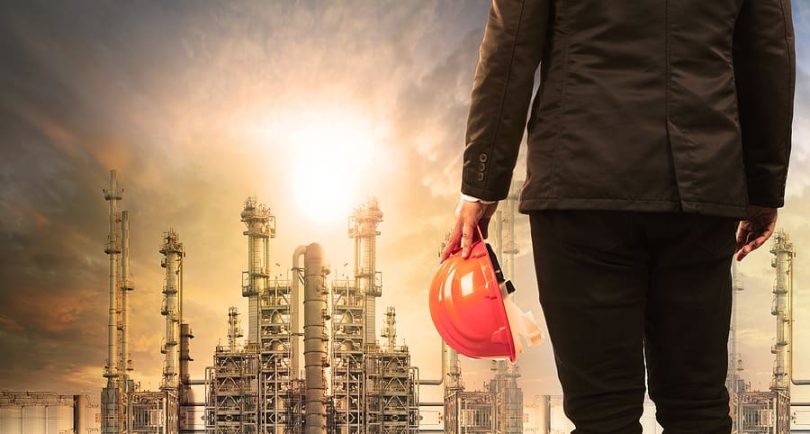Common Health Risks in Construction
The construction industry is known for its inherent dangers, making health risks a significant concern for workers. Various hazards can arise from the nature of the work, environment, and materials used, necessitating robust safety measures and awareness.
1. Physical Hazards
The most apparent risks in construction stem from physical hazards. The use of heavy machinery, power tools, and scaffolding increases the likelihood of accidents. Falls from heights are particularly common, often resulting in severe injuries. According to the Occupational Safety and Health Administration (OSHA), falls are among the leading causes of fatalities in construction. Additionally, being struck by objects, electrocution, and being caught-in/between machinery are also prevalent risks, often referred to as the “fatal four.”
2. Exposure to Hazardous Materials
Construction workers often come into contact with hazardous materials such as asbestos, lead, and silica. Asbestos, for example, was commonly used in insulation and roofing materials and can lead to serious health issues like mesothelioma and asbestosis when inhaled. Similarly, silica dust is a byproduct of cutting or grinding concrete and can cause silicosis, a lung disease. Continuous exposure to lead can also result in severe neurological damage. Proper training and protective equipment are crucial to mitigating these risks.
3. Heat-Related Illnesses
Construction work often takes place outdoors, exposing workers to extreme temperatures. Heat-related illnesses, such as heat exhaustion or heat stroke, become significant health risks, especially during the summer months. Dehydration and lack of breaks in shaded areas can exacerbate these conditions. Implementing work-rest cycles and encouraging adequate hydration are essential steps to protect workers from heat-related ailments.
4. Musculoskeletal Disorders (MSDs)
Manual handling of heavy materials, repetitive motion, and awkward postures can lead to musculoskeletal disorders like back pain, carpal tunnel syndrome, and tendonitis. These injuries can develop over time, often becoming chronic and disabling if not addressed. Ergonomic training and promoting proper lifting techniques can help reduce the incidence of MSDs.
5. Mental Health Issues
The construction industry is also increasingly recognizing the importance of mental health. High-stress environments, long hours, and job insecurity can lead to anxiety, depression, and substance abuse. Mental health resources and support systems are essential for creating a healthy work environment.
In conclusion, the construction industry presents various health risks. Addressing these risks through effective training, awareness, and safety measures is vital for protecting workers’ health and well-being. Occupational safety programs that emphasize both physical and mental health can play a significant role in reducing incidents and fostering a safer working environment.
For more details and the full reference, visit the source link below:
Read the complete article here: https://www.stl.news/common-health-risks-in-construction/







